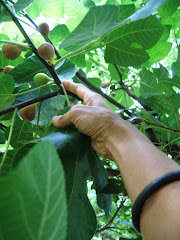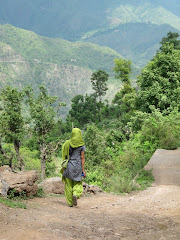 As I write to you, millions of gallons of oil have leaked from the well and are spreading across the Gulf waters, reaching close to the shores of the states of Louisiana, Alabama, Florida and Mississippi. Millions of birds and marine life are at risk of suffocating in the oil and their food sources have been contaminated..... Click here to read more
As I write to you, millions of gallons of oil have leaked from the well and are spreading across the Gulf waters, reaching close to the shores of the states of Louisiana, Alabama, Florida and Mississippi. Millions of birds and marine life are at risk of suffocating in the oil and their food sources have been contaminated..... Click here to read more  When we throw away those bottles and bags, they take many, many years to completely break down. Until then, they occupy the precious land in the form of litter and trash.
When we throw away those bottles and bags, they take many, many years to completely break down. Until then, they occupy the precious land in the form of litter and trash.Most times this trash finds its way into the waterways and oceans. Little animals eat pieces of plastic bags or bottles. Over 100,000 birds, land and marine animals die each year either by suffocating from the bags or getting sick from eating the plastic. Click here to read more...

There was a huge banyan tree in our neighborhood right across from our home. It was probably hundreds of years old because its trunk was really big. Throughout the year, green parrots with red beaks would come by the thousands and sit atop the canopy of that giant tree. They would sing loudly. We had so much fun dangling in the air from the low hanging roots of the tree. Its many hollows and low branches were great for playing hide and seek. Click here to read more...
 At first, I was a little hesitant wearing used clothing, but then when I realized that by being a part of the consignment cycle (both by donating and using) I was helping the environment, I was gladly a part of it.
At first, I was a little hesitant wearing used clothing, but then when I realized that by being a part of the consignment cycle (both by donating and using) I was helping the environment, I was gladly a part of it.How do consignments save the environment?
Click here to read more...
 Simplicity – “Why is it important?” you may ask. “What’s wrong with fancy living?”
Simplicity – “Why is it important?” you may ask. “What’s wrong with fancy living?”The problem with fancy lifestyle is that need way more resources. If you think about it there are a finite amount of resources on this earth. Having more for ourselves means taking basic things away from others. Click here to read more...

So the next time you are tempted to purchase a furry looking coat or purse or shoes, remind yourself what goes into it, and ask yourself if you really want to be a part of and contributor to the animal cruelty business.
Click here to read more...



























